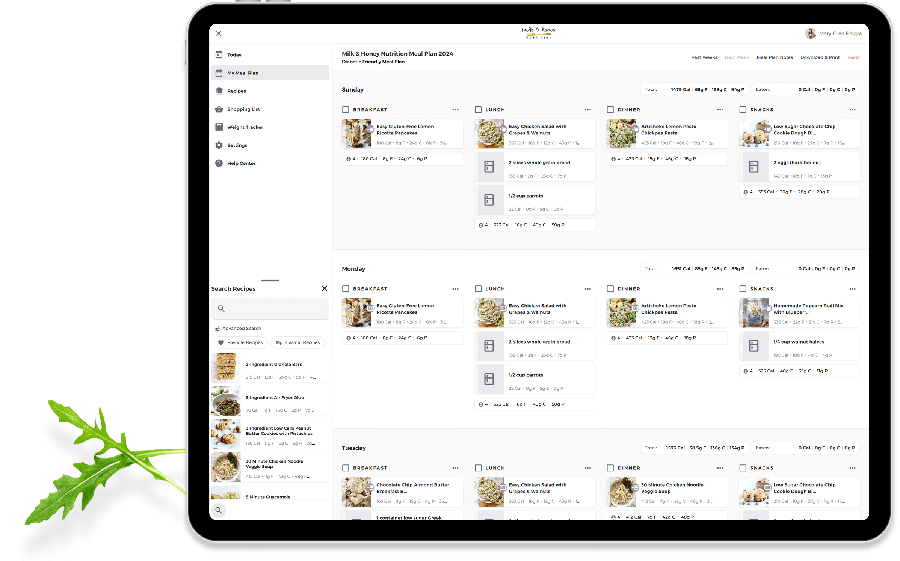MILK & HONEY NUTRITION, LLC
Duplication of any content displayed on this website is prohibited, without written authorized permission. This includes any use of screenshots, images, recipes, and blog posts. For more information refer to the Digital Millennium Copyright Act: www.copyright.gov/legislation/dmca.pdf
MILK & HONEY NUTRITION® is a registered trademark of
MILK & HONEY NUTRITION, LLC






